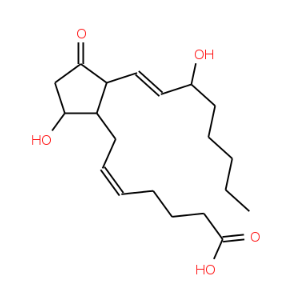PGD2 and hair loss

Researchers are on the move to develop a topical drug that will specifically inhibit PGD2, which is found in higher volumes in traditional male pattern baldness areas of the scalp. Such medications are already being developed in pill form for the treatment of asthma, as it is believed that the restraint of PGD2 will prevent airway constriction.
However, Dr. Umar urges readers not to get too excited, as he points out that there might be several different prostaglandins involved in both hair loss and growth. Pinpointing PGD2 may only be the beginning. Other efforts employing anti-inflammatory drugs have stopped this protein, but have not consistently grown hair. Dr. Umar concludes that the likely solution will involve PGD2 inhibition “in combination with agents that work via different mechanisms . . . as a more effective approach to hair loss treatment.”
Realted article on PGD2 pathway and hair loss
